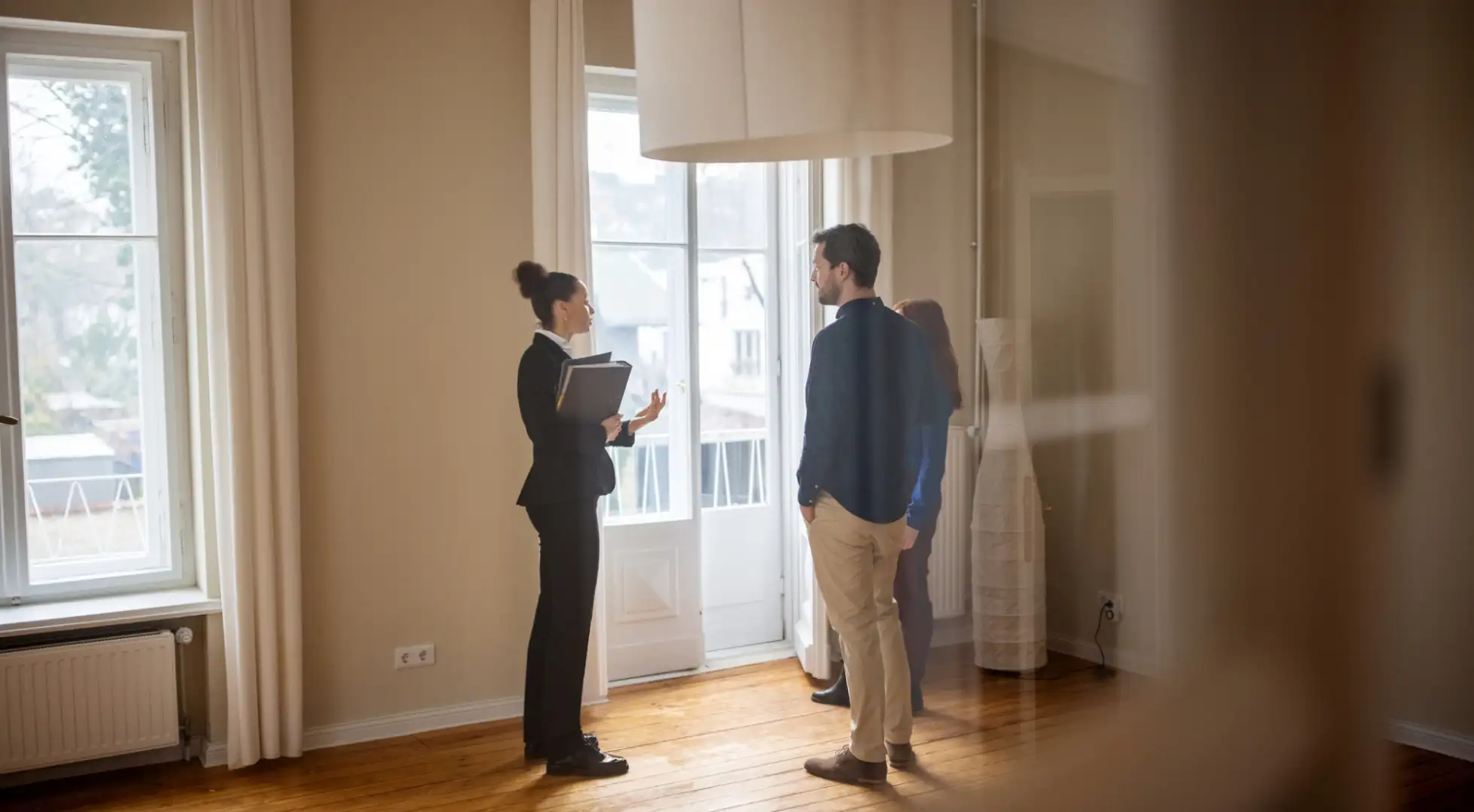What Is an FHA Escrow Holdback and How Do You Use It?

An FHA escrow holdback lets you finance up to $5,000 in minor repairs after closing so the home can meet FHA property standards. It’s a helpful workaround when a great home has small issues that would otherwise derail your FHA loan.
What is an FHA Escrow Holdback?
An FHA Escrow Holdback, also known as an FHA Repair Escrow, is a way to “hold back” and finance funds for FHA-required repairs to be completed after closing.
This feature can be used on regular FHA loans. Its purpose is to help a homebuyer proceed with a property purchase even though minor issues would otherwise prevent the home from meeting FHA minimum property requirements (MPRs).
The program is also known as the “FHA 203b with repair escrow” program. FHA 203b refers to a standard FHA loan.
Here's a quick overview:
- FHA repair escrows allow buyers to finance minor repairs after closing to meet FHA property standards.
- Repairs must be FHA-required, cost under $5,000, and the home must be habitable without them.
- Repairs are completed after closing, with funds held in escrow until a final inspection confirms compliance.
- For repairs over $5,000, buyers may consider options like FHA 203k or conventional renovation loans.
When To Use the FHA Repair Escrow Feature
The best use case for repair escrow is when using an FHA loan to buy a home that nearly meets property requirements but not quite.
Typically, you discover this during the appraisal process. You make an offer on a home, and then the FHA appraiser spots issues that don’t meet FHA MPRs. The appraiser will call out these problems and require them to be addressed before the loan can close.
You might ask the seller to address the issues, and they might. But in some markets, the seller won’t complete the repairs. And, it’s generally a bad idea to complete or to pay for fixes before closing. The seller might cancel your offer and sell the home for more to someone else after your time and expense.
An escrow holdback ensures the lender that the repairs will be done after you own the home.
FHA Repair Escrow Requirements
To be eligible for this feature, you have to meet the following requirements.
- The repair must be required for FHA financing, as noted by the appraiser
- Repair costs must be less than $5,000
- The escrow amount must be sufficient to cover the cost of repairs
- The house must be habitable and safe without the repairs
Repairs Required Prior To Closing or via an FHA Holdback
A non-comprehensive list of required repairs is as follows. Repairs typically have to do with safety and livability.
- Peeling paint on homes built before 1978 (lead hazard)
- Insufficient heating
- Exposed electrical wires
- Unsafe decks, porches, and staircases
- Defective roofs
FHA lenders are not usually concerned with cosmetic issues unless they also pose a safety hazard.
Dollar Limit
The escrow holdback limit is $5,000 total for all repairs for a regular home. If you happen to be buying a foreclosure owned by the Department of Housing and Urban Development (HUD, the overseer of FHA), then your limit is $10,000.
This amount does not allow you to do major projects. It is meant to take care of minor easy-to-fix issues that are keeping the home from meeting FHA guidelines.
FHA Holdback Alternatives
If you need to do more substantial repairs, your options may include:
Limited FHA 203k: As of July 10, 2024, you can finance up to $75,000 in repairs. This option is great to take care of FHA MPRs and cosmetic fixes at the same time.
Standard FHA 203k: Finance over $70,000 in repairs. This option normally requires substantial remodeling and repairs.
Freddie Mac CHOICERenovation® and Fannie Mae HomeStyle®: Conventional renovation loans that allow you to tackle projects costing well above FHA’s $5,000 repair escrow limit.
The FHA Repair Escrow Process
When the appraiser discovers deficiencies, you’ll get a bid for the required repairs. If the total is less than $5,000, you can request that the lender open a repair escrow account for the amount.
The lender will close the loan. The contractor will do the work, and then the lender will perform a final inspection. If the work meets FHA standards, the lender will issue funds to the contractor and close the escrow account.
FHA Repair Escrow Lenders
Not every lender will agree to open a repair escrow account. It takes some extra legwork for the lender, and there’s always a risk that the work isn’t completed to FHA standards after closing.
If you suspect a home may not meet FHA guidelines, it’s a good idea to apply with a lender that can do both repair escrow and 203k. That way, you can complete repairs whether they are over or under the $5,000 threshold.
FAQ
What is the FHA Repair Escrow holdback dollar limit?
$5,000 for most properties, but $10,000 for properties owned by HUD due to foreclosure.
Can I finance repairs with FHA Repair Escrow?
Yes. You can finance up to the bid amount.
When do the repairs happen?
Repairs happen after closing and must be completed within 30 days of the closing date.
Can the seller pay for repairs when using repair escrow?
Yes. The seller can pay for repair costs by placing funds into escrow. They might do this if they are willing to make the repairs but don’t want to deal with finding contractors.
Is the Repair Escrow Program Right for You?
If you are trying to buy a property with minor issues that are keeping it from getting approved, FHA Repair Escrow might be a great feature to add to your regular FHA loan.
Get in contact with a lender that is well-versed in this option, and become a homeowner despite minor issues on the home you want.





